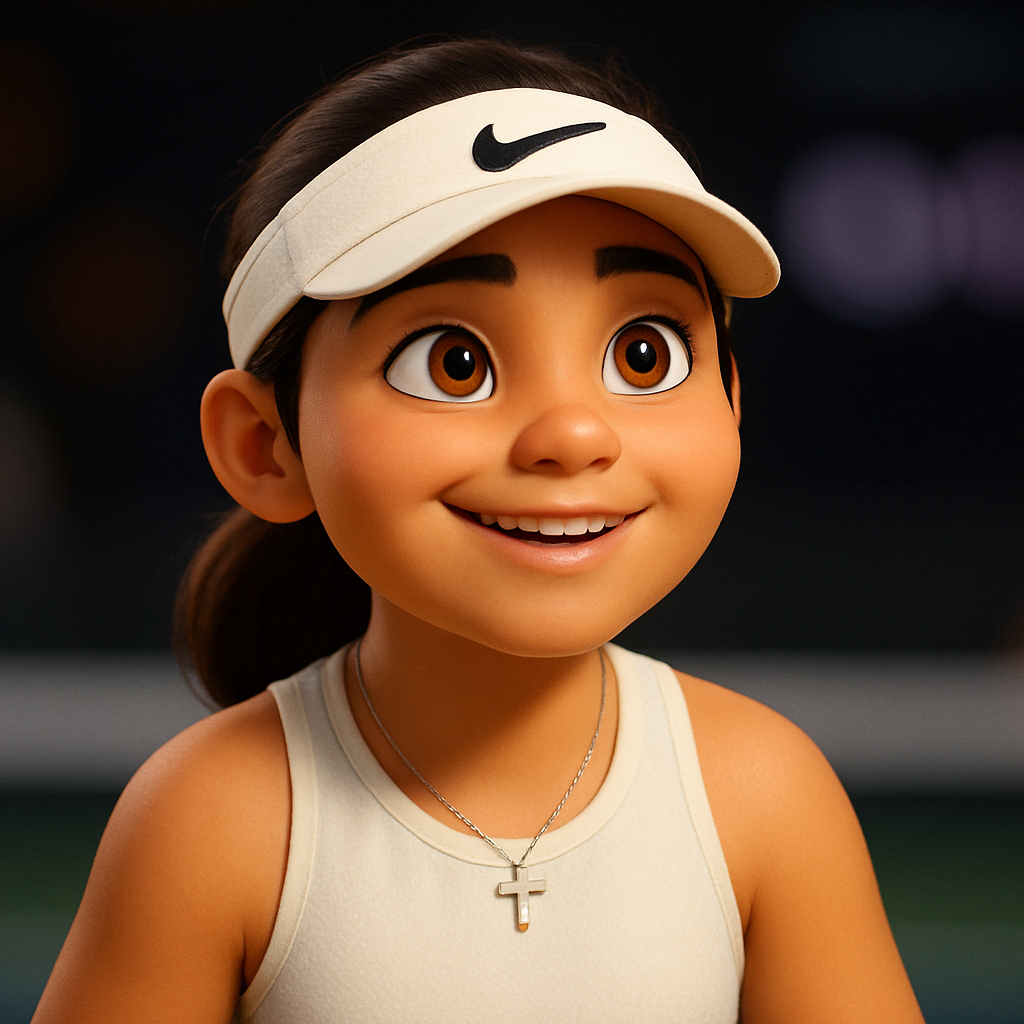LONDON — British tennis star Emma Raducanu has joined a growing list of players questioning the reliability of electronic line-calling at Wimbledon, citing "dodgy" calls during her second-round defeat to Aryna Sabalenka. The 2021 US Open champion expressed frustration over what she perceived as inconsistencies in the system, reigniting debate over the role of technology in officiating matches.
Raducanu, who lost 6-3, 7-5 to the second-seeded Sabalenka, pointed to several moments where she felt the automated system made incorrect calls. "There were a couple that were called out that I thought were in," she told reporters post-match. "It’s frustrating when you’re playing such a big match and you feel like the calls aren’t going your way, especially when they’re close."
The Controversy Over Electronic Line-Calling
Wimbledon introduced electronic line-calling in 2021, replacing human line judges with the Hawk-Eye Live system. The technology, which uses cameras to track ball trajectories, was initially praised for eliminating human error. However, recent incidents have raised concerns:
- Raducanu’s complaints follow similar criticisms from players like Nick Kyrgios and Ons Jabeur.
- Some argue the system lacks transparency, as players cannot challenge calls or request replays.
- Others claim the technology struggles with close calls on grass, where ball marks are less visible.
Sabalenka, who benefited from some of the disputed calls, acknowledged the controversy but defended the system. "It’s not perfect, but it’s better than human mistakes," she said. "At least it’s the same for both players."
Historical Context: Human vs. Machine
The debate over electronic line-calling isn’t new. Before its adoption, tournaments relied on human line judges, whose errors often sparked heated disputes. One of the most infamous incidents occurred at Wimbledon in 2004, when Serena Williams lost a crucial point due to a missed call in her match against Jennifer Capriati.
However, the transition to automation hasn’t been seamless. In 2022, Diego Schwartzman accused the system of making "impossible errors" during a match at the Australian Open. Similarly, at this year’s French Open, Casper Ruud questioned a call that he claimed "clearly clipped the line."
The Science Behind Hawk-Eye
Hawk-Eye Live uses 10 high-speed cameras positioned around the court to track the ball’s movement at 340 frames per second. The system calculates the ball’s trajectory and predicts its landing spot with an accuracy of 2.2mm, according to its developers. Yet, players like Raducanu remain skeptical. "When you’re on the court, you can see it with your own eyes," she said. "Sometimes the tech doesn’t match what you see."
Player Reactions and Calls for Reform
Raducanu’s comments have resonated with other players. Former world No. 1 Andy Murray, a longtime advocate for technology in tennis, admitted "there’s room for improvement." Meanwhile, Jabeur suggested a hybrid approach: "Maybe we should keep human judges for close calls and use tech as a backup."
The All England Club, which organizes Wimbledon, has stood by the system. A spokesperson stated, "Hawk-Eye Live has proven to be highly accurate, and we continuously monitor its performance to ensure fairness." However, they acknowledged player feedback and said they would "review any concerns raised during the tournament."
What’s Next for Electronic Line-Calling?
As the debate continues, some propose solutions to address player concerns:
- Allowing players to challenge electronic calls, similar to the challenge system used in other sports.
- Increasing transparency by displaying margin-of-error data for close calls.
- Implementing real-time reviews for disputed calls, with umpires having final say.
For now, Raducanu’s remarks have added fuel to an ongoing discussion about the balance between technology and tradition in tennis. "It’s not about blaming the system," she clarified. "It’s about making sure it’s as fair as possible for everyone."
With Wimbledon’s grass-court season in full swing, the spotlight remains on electronic line-calling. Whether the system evolves or faces further backlash may depend on how organizers respond to players like Raducanu, whose experiences highlight both the promise and pitfalls of automation in sports.

